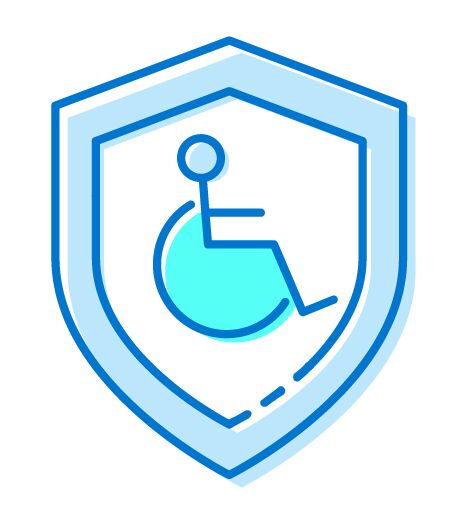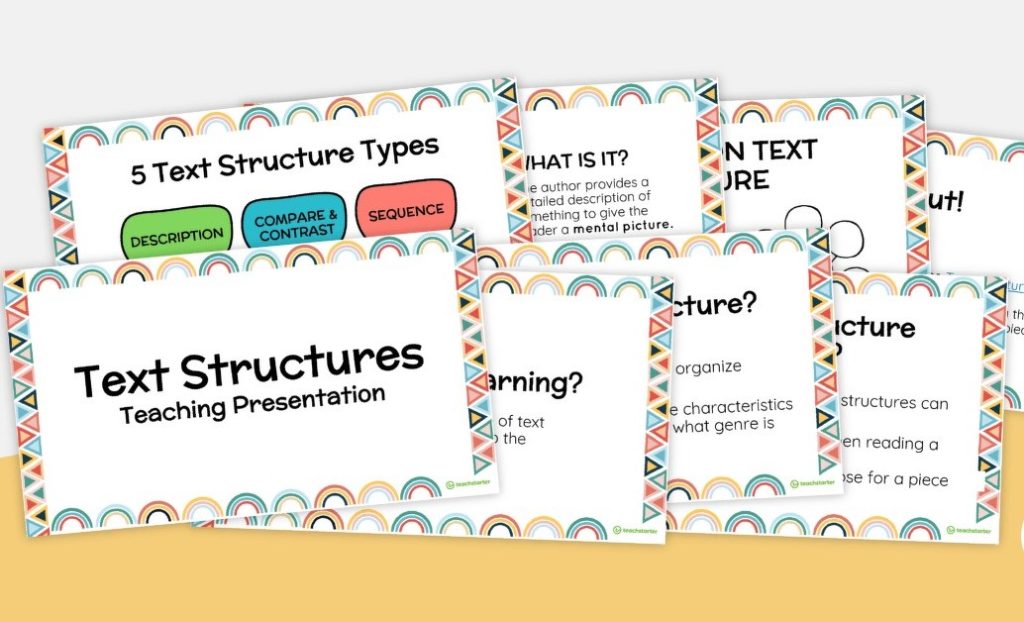Uninsured and underinsured motorist coverage protects you if you’re in an accident with a driver who has insufficient or no insurance. This article explains these important policy components and why you should consider them.
Uninsured Motorist (UM) Coverage
Protects you when an at-fault driver has no insurance.
Types:
Uninsured Motorist Bodily Injury (UMBI)
Uninsured Motorist Property Damage (UMPD)
Benefits:
Covers medical expenses, lost wages, and pain and suffering
May cover hit-and-run accidents
Underinsured Motorist (UIM) Coverage
Applies when an at-fault driver’s insurance is insufficient to cover your damages.
How it works:
Fills the gap between the at-fault driver’s coverage and your actual damages
Usually has the same limits as yourUM coverage
Why These Coverages Matter
High percentage of uninsured drivers in many states
Many drivers carry only minimum required liability coverage
Protects you from financial loss due to others’ lack of coverage
Considerations When Choosing Coverage
1.Review your state’s requirements
2.Assess your existing health and disability insurance
3.Consider your assets and potential lost income
4.Evaluate the cost-benefit of higher limits
Stacking Coverage
Some states allow “stacking” of UM/UIM coverage, which can increase your protection:
Intra-policy stacking: Combining limits for multiple vehicles on one policy
Inter-policy stacking: Combining limits from separate policies
Understanding and properly selectingUM and UIM coverage can provide crucial financial protection in case of accidents with uninsured or underinsured drivers.











